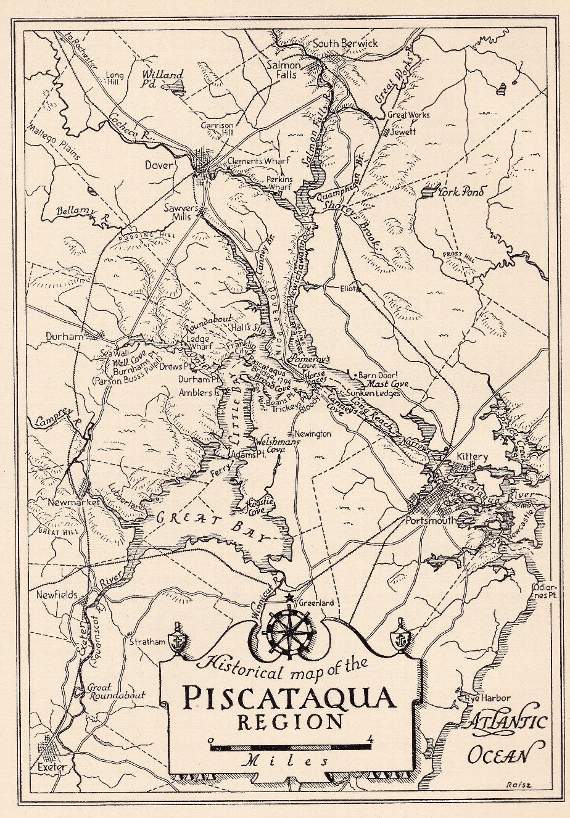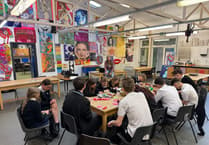Local historian and heritage professional has created an exhibition showing the dark depths of Dartmouth’s enslaved history.
Hannah Bradbury, a recent Heritage MA graduate has curated a unique exhibition at Dartmouth’s museum entitled Deadly Trades: Dartmouth’s forgotten involvement in the most brutal trades in history. Throughout the exhibition she searches for the darker side of the town’s connections to the East India Company, offering an alternative view to the traditional positive representation of the EIC and the transatlantic slave trade.
The temporary exhibition follows the lives of three Dartmouthians challenging the traditional forms of history common in most local museums and encouraging visitors to question attitudes that still persist in society today.
The former KCC student was inspired when assisting in the upkeep of Dartmouth Museum’s current collection when she came across a local who had worked for the EIC.
After specialising in audience and audience representation in museums when she studied for her MA last year, Bradbury became interested in how local museums can increase their appeal, their audience and improve upon the variety of subjects they are exhibiting. She has recognised that frequently local museums often exhibit the same kinds of topics such as war, working conditions, social history and local life. These are all important histories to tell, but can sometimes be exclusive of other identities that you might find within each town. Consequently, Bradbury chose the EIC and the slave trade because she believes in the importance of smaller museums focussing deeper into their archives and thinking imaginatively to come up with more progressive imaginative ideas.
The towns new exhibition looks into the darker side of Dartmouth’s history, that people may be unaware of. The EIC is repeatedly celebrated for bringing over popular commodities such as tea and spices to the West, but the brutal side to the company’s work should not be forgotten. There existed a heavy involvement in slavery and they were the cause of the Indian rebellion resulting in thousands of deaths for the purpose of dominating power.
Bradbury explains how distressing it was to discover how all areas of Devon were impacted or played a role in the slave trade; a fact that she believes most of the area would like to forget. Unfortunately, the treatment of the enslaved is not covered in school in enough detail. She admits how she was sheltered from this information until she reached University.
The timing of the exhibition is poignant because it coincides with the 210th anniversary of the Abolition of the Slave Trade Act of 1807 which prevented the trading of slaves across the Atlantic. In aid of this, the exhibition features the £2 commemorative coin released in 2007 to mark the bicentenary of the abolishment of slavery across the British empire.
Interest in this topic has been encouraged since the bicentenary through education, the media and local exhibitions. Recently, the success of the BBC’s Taboo exposed the brutality of the EIC and the current racism still existing in society today, the exhibition encourages one to challenge such prejudices and injustices. This will encourage visitors to question actually how far society has come, our responsibility and how we can help.
These topics are tricky and delicate situations to approach, but Heritage professionals such as Bradbury have a duty to ask these difficult questions and represent these overlooked identities. Stretching beyond the safety and the boundaries of Dartmouth is one aspect that makes this exhibition so exciting.
If you wish to visit the exhibition and the rest of the museum, it is open from 10am-4pm except on a Sunday and Monday when it is open from 1pm-4pm.





Comments
This article has no comments yet. Be the first to leave a comment.